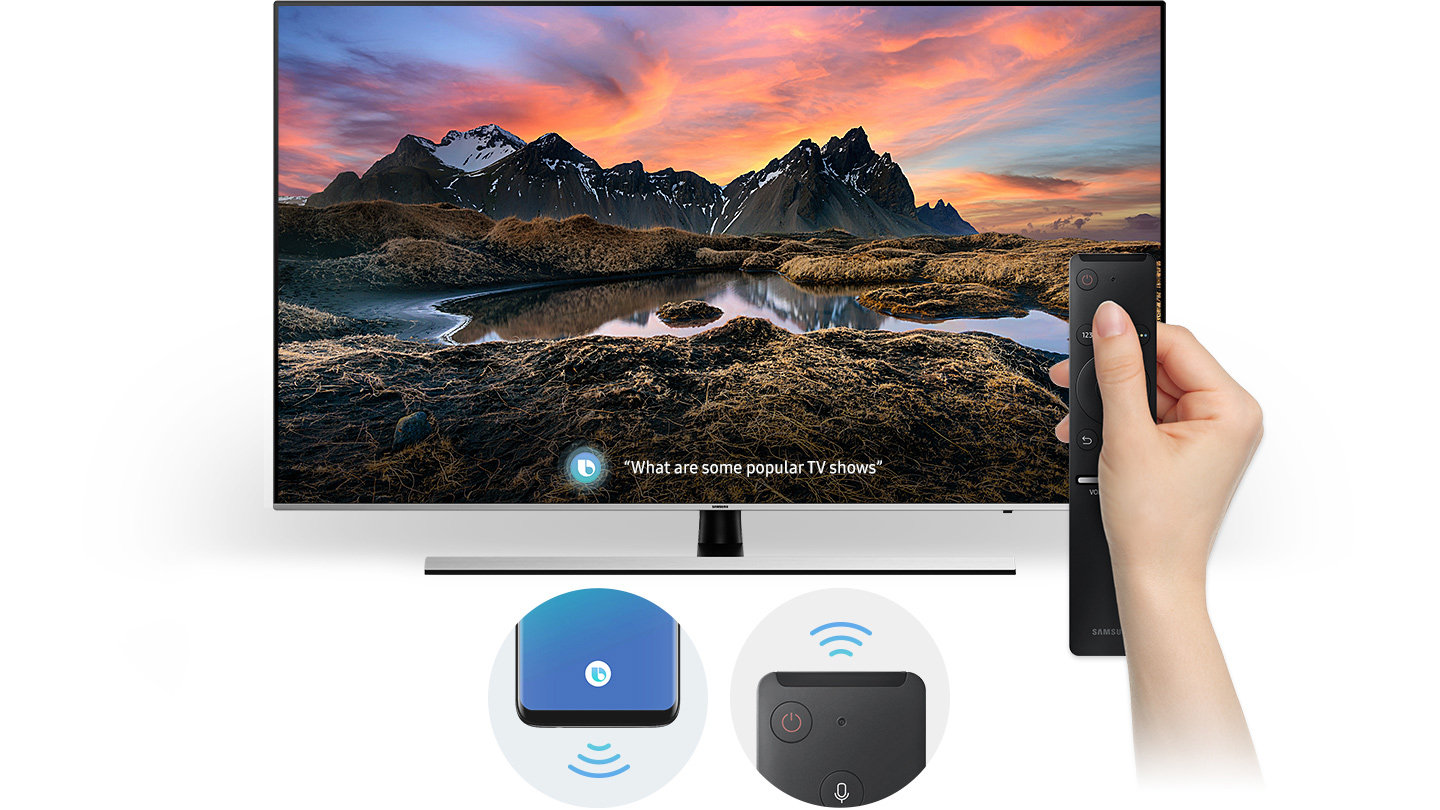

You’re going to have to do a bit of digging here because all sets handle this differently and serve up a different set of options: Look for mentions of aspect ratio or cropping in the picture settings, or any kind of automatic resizing.
SHOULD I TURN MOTION SMOOTHING OFF HOW TO
Most of the time, they’re clever enough to work out how to display each format, but that’s not automatically always the case. Modern-day TVs have to display content from a whole host of sources, from the latest 4K Netflix shows to early episodes of the Simpsons in 4:3 aspect ratio. The option to disable it should be somewhere prominent in the picture settings or advanced settings menu.
SHOULD I TURN MOTION SMOOTHING OFF TV
At the very least, it’s worth turning it off just to see if you prefer the way your TV picture looks.Ĭonfusingly, TV manufacturers use a host of different names for motion smoothing-it’s Auto Motion on Samsung sets, TruMotion in LG world, and MotionFlow if you’re using Sony products, for example. The problem is, motion smoothing ends up making a lot of movies and TV shows look homemade or low-budget (it’s often called “the soap opera effect”). These frames aren’t created out of thin air-they’re calculated based on the frames either side, so if a ball is traveling from point A to point B, it should be possible to come up with a mid-point too. Out of the box, a lot of modern-day TVs like to apply what’s known as motion smoothing, which works exactly the way it sounds-it applies some behind-the-scenes trickery to make fast motion in action films or sports games appear smoother.Įssentially, TV sets will create extra frames to pack more frames into each second, which should mean less jank and blur. On some recent Sony sets, for example, the setting is under Picture and Light sensor. How effective and useful these are will vary between devices, so make yourself aware of the options at your disposal and see if disabling any of them leads to any improvements.Īnother option to look out for and potentially disable is ambient brightness, where your TV attempts to adjust the brightness on the fly in response to the available light in the room-something which can end up giving you a very weird-looking picture.

You should also turn off-or at least experiment with-any settings that attempt to enhance or digitally manipulate the colors on your set. A search on the web for your specific make and model of TV should turn up some tips from other users about how to configure these settings, and you can also get some very detailed and very helpful advice from the videos produced by the experts at.

So dive into your set’s color and brightness settings and you’ll find a lot of variation in terms of the options available, depending on the manufacturer, but all the basics should be covered.įor example, you just head to Picture in Settings on most Samsung TVs to start playing around with brightness, contrast, and tint. Sometimes, however, TVs come with default settings tuned to the showroom instead of your living room, which results in oversaturated, too-bright picture that will sear your retinas. Your TV will make its best guess about how to show the colors and set the brightness on its display, and most of the time that guess is going to be a pretty good one.


 0 kommentar(er)
0 kommentar(er)
